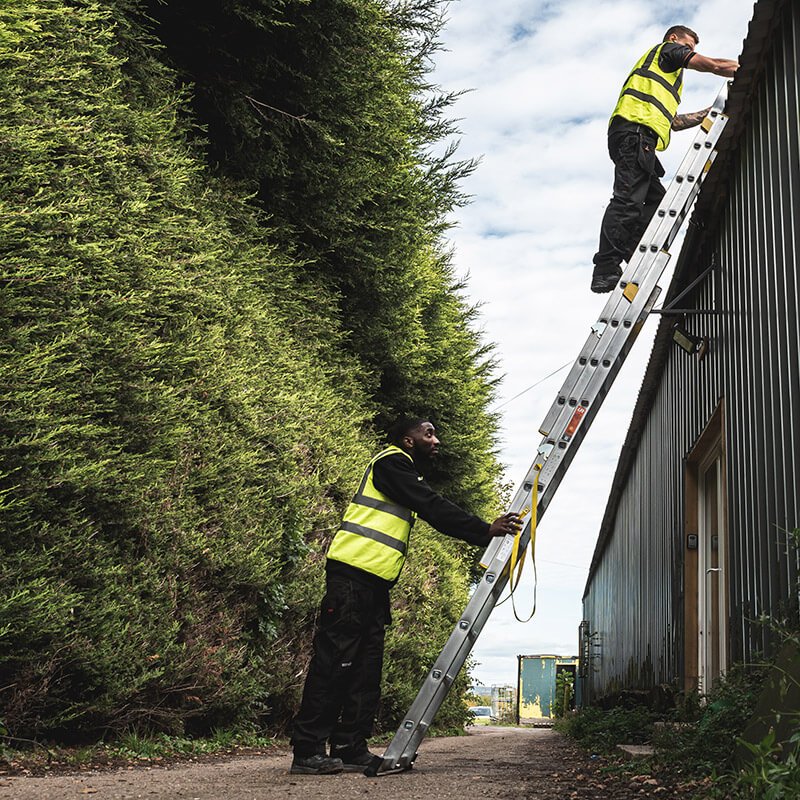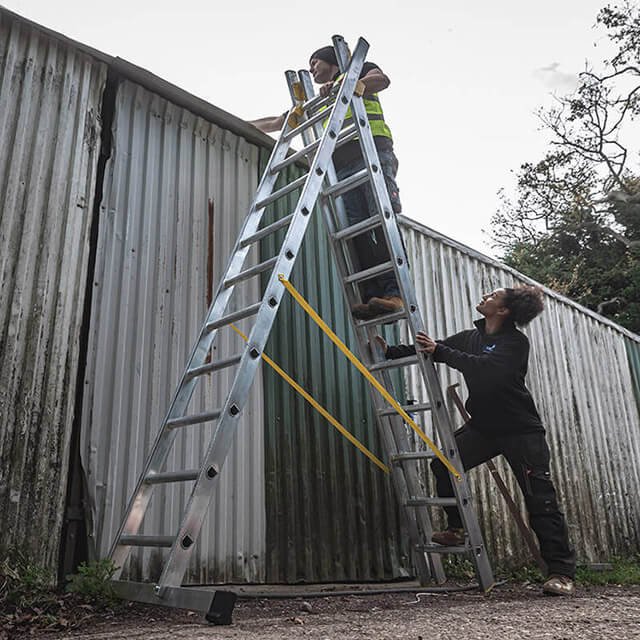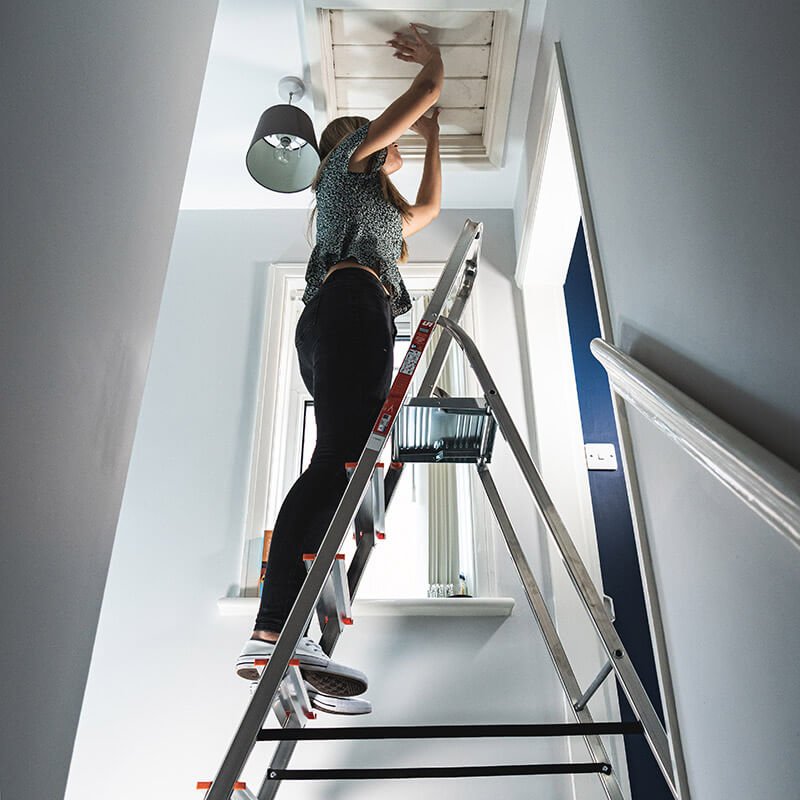Ladder Regulations: EN131 Explained
LADDER STANDARDS MADE EASY BY LFI.
Before the current EN131 standard was introduced to the UK, there were three different ladder standards including the British Standards of BS 2037, BS 1129 and the original EN131, all of which have now been withdrawn.
The European Commission, unhappy with these standards, highlighted the lack of appropriate stability, slip, durability, and strength requirements stipulated by these standards. These key areas made up the majority of the causes of ladder-related accidents. Taking action, an EC Mandate was issued and the new EN131 standard was introduced, with it, the next step in ladder safety!
The EN131 standard or the UK version BS EN131, is the current single British & European product standard that covers all types of portable ladders, including leaning ladders, step ladders, extending ladders, and combination ladders (It does not cover warehouse steps, loft ladders (EN14975) or step stools (EN14183) as they have their own classification). EN131 now provides a simple two-class system by separating the usage of a ladder into easily defined professional and non-professional uses.
EN131 Professional
This classification covers ladders for both industrial and commercial use.
EN131 Non-Professional
This classification covers ladders for domestic or DIY use only.
The EN131 standard ensures that by manufacturing ladders wider, stronger and sturdier, ladder safety can be improved. It also requires that all tested ladders and portable steps made of metal, fibreglass, and other applicable materials meet the minimum essential criteria, notably the requirement for a weight capacity of 150kg and a minimum base width. EN131 also requires all ladders and steps to have appropriate labelling and user instructions, while additional slip and strength tests in the position of use are required too, plus a cyclic durability test for all free-standing ladders. To prove products are compliant they are independently tested, certified by certification bodies such as the Test & Research Centre, BSI or TUV.
MEETING THE EN131 CRITERIA
For standard leaning ladders, EN131 includes (but is not limited to) the following tests:
Dimensional requirements
Base slip test
Stabiliser test
Lateral Deflection
Bend Test
Strength Test
Rung Tests
Torsion test
Standing ladders require the following tests:
Dimensional requirements
Lateral Deflection
Bend Test
Strength Test
Tread Tests
Torsion test
Durability Test
Opening Restraints and Hinge Test
Providing they can pass these tests, the ladders will be deemed worthy of EN131 certification.
IS THE EN131 REGULATION A LEGAL REQUIREMENT?
While the new standard is undoubtedly beneficial in terms of ensuring users’ safety, it’s worth mentioning that the EN131 regulation is a guideline for manufacturers and not a compulsory law. However, professional safety bodies such as Trading Standards and the Health and Safety Executive (HSE) will expect manufacturers to comply with this new ruling.
To find the right EN131 certified product to help keep you safe when working at height, email our sales team.




